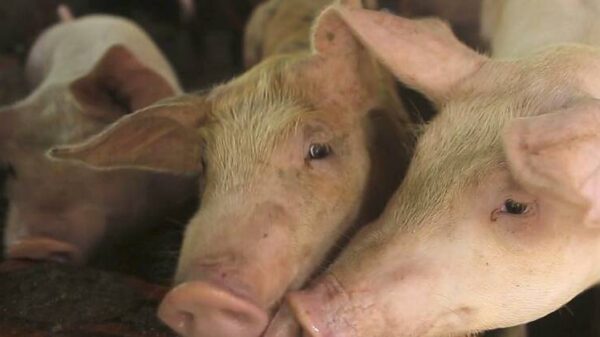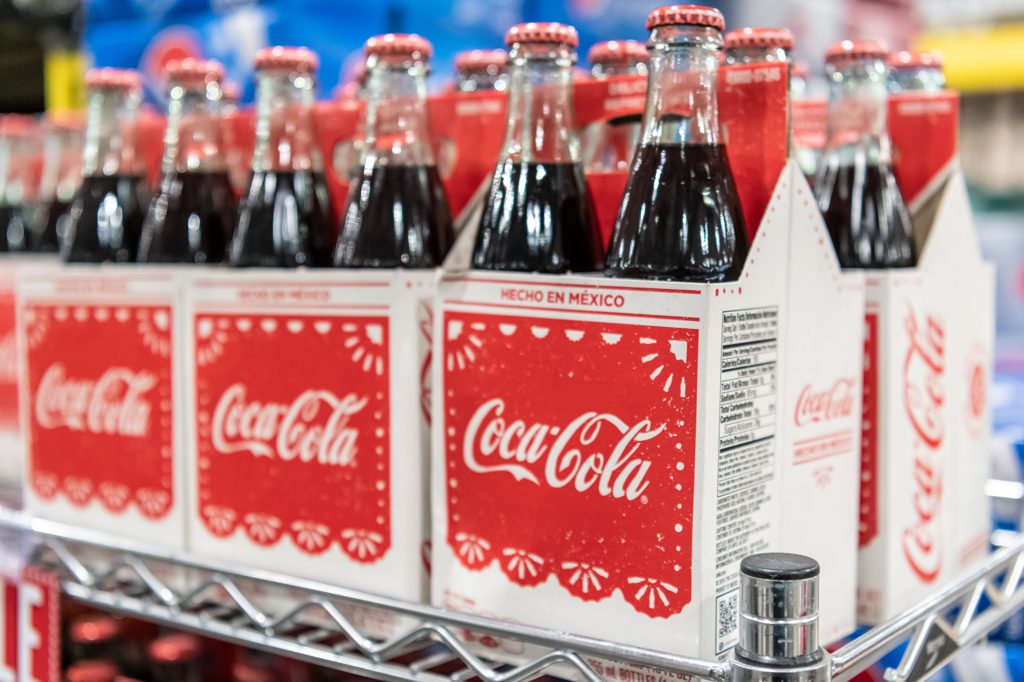Coca-Cola announced plans to introduce a new sugar-sweetened version of its iconic beverage, using cane sugar instead of the traditional high-fructose corn syrup (HFCS). This move, which will roll out in the United States this fall, has sparked discussions about health implications and consumer preferences. Despite the differences in sweeteners, health experts indicate that the nutritional impact remains largely unchanged.
The use of HFCS has been a contentious topic among health enthusiasts and influencers for years. Critics often label it as a harmful sweetener, leading to a growing demand for products that use cane sugar instead. The Secretary of Health and Human Services recently highlighted a burger chain’s choice to serve sugar-sweetened Coca-Cola as part of a larger goal to promote health in America. Yet, the nutritional distinctions between cane sugar and HFCS are minimal in the grand scheme of dietary choices.
Understanding the Sweeteners
Coca-Cola’s original formula primarily contains high-fructose corn syrup, a sweetener derived from corn that has been criticized for its potential health risks. While proponents of cane sugar argue it is a more natural alternative, the reality is that both sweeteners are similar in composition. Table sugar, chemically known as sucrose, consists of equal parts glucose and fructose. In contrast, HFCS typically contains around 55% fructose and 45% glucose.
The debate over sugar versus HFCS often overlooks important facts. Research indicates that both sweeteners contribute to health issues when consumed in excess, such as obesity and metabolic disorders. A significant point of concern is the consumption of sugar-sweetened beverages (SSBs), which are often linked to negative health outcomes. For reference, a standard 16.9-ounce bottle of Coca-Cola contains approximately 55 grams of sugar, regardless of whether it is made with cane sugar or HFCS.
Despite the ongoing discussion, health guidelines suggest that individuals should limit their intake of added sugars to less than 10% of their daily caloric intake. For a typical 2,000-calorie diet, this equates to about 200 calories, or 50 grams of sugar per day. A single bottle of Coca-Cola exceeds this recommendation, prompting questions about the broader implications of sugary beverage consumption.
The Business Strategy Behind the Change
Coca-Cola’s decision to expand its product lineup to include a cane sugar version seems less about health and more about marketing. The company’s executives acknowledged that consumers are willing to pay a premium for products that emphasize traditional sweeteners. In a recent statement, Coca-Cola indicated that the new offering aims to enhance its product range and meet varying consumer preferences.
Coca-Cola CEO James Quincey further elaborated during an earnings call, stating, “We are definitely looking to use the whole toolkit of available sweetening options to some extent where there are consumer preferences.” This approach aligns with Coca-Cola’s history of introducing various formulations, including Diet Coke and Coke Zero, to cater to diverse tastes and dietary needs.
Interestingly, Coca-Cola has already been selling sugar-sweetened versions of its beverage in select markets. For instance, kosher-for-Passover Coke is produced using cane sugar, as is the Mexican variant often found in glass bottles. Many consumers claim these versions taste different from the standard offerings, although taste perceptions can vary widely.
As the launch date approaches, Coke’s strategy appears to be driven more by market demand than a genuine concern for public health. The company aims to capitalize on consumer trends favoring traditional sweeteners while maintaining its existing product formulations. In a marketplace increasingly focused on health and wellness, Coca-Cola’s latest move underscores the complex intersection of consumer preferences and nutritional realities.































































